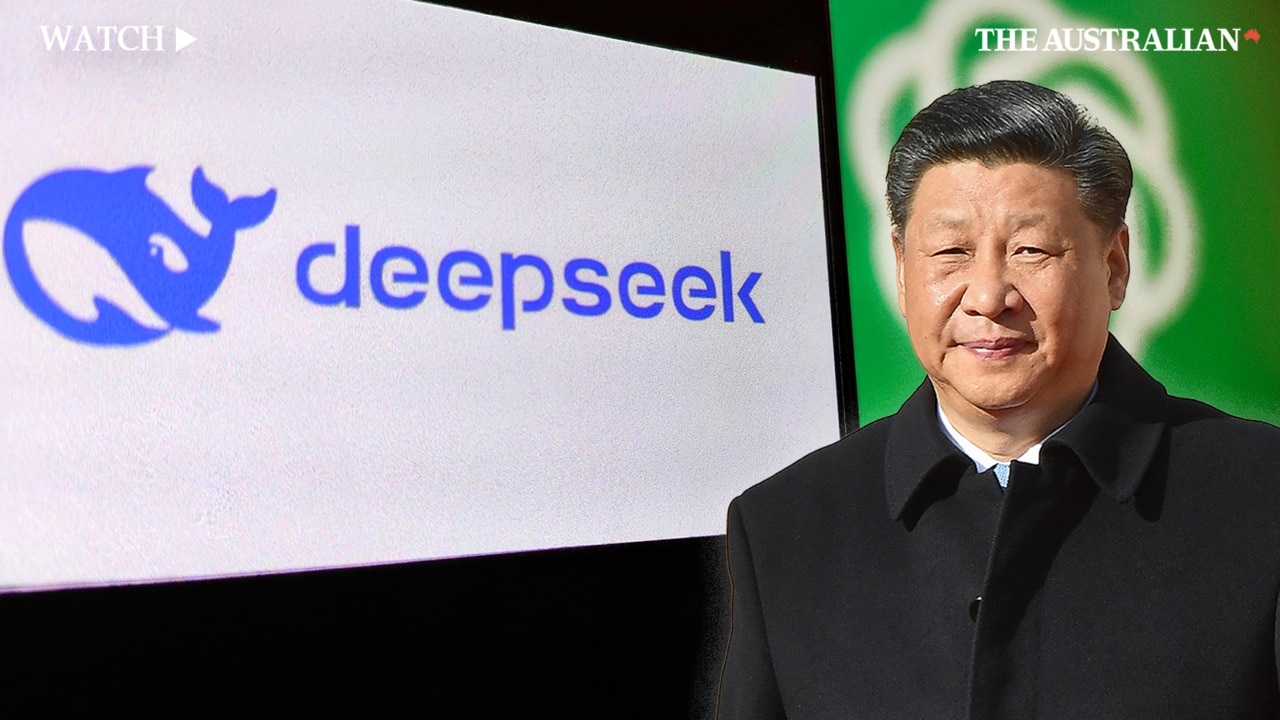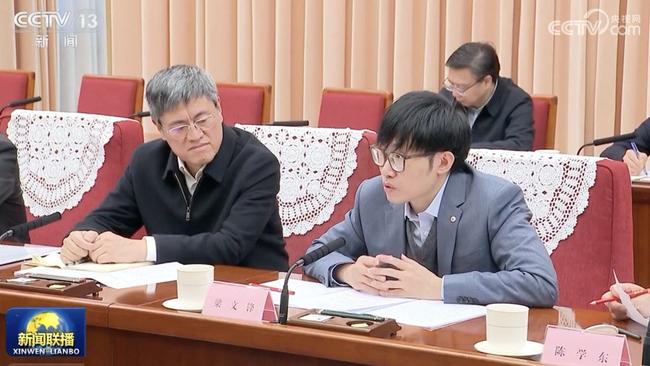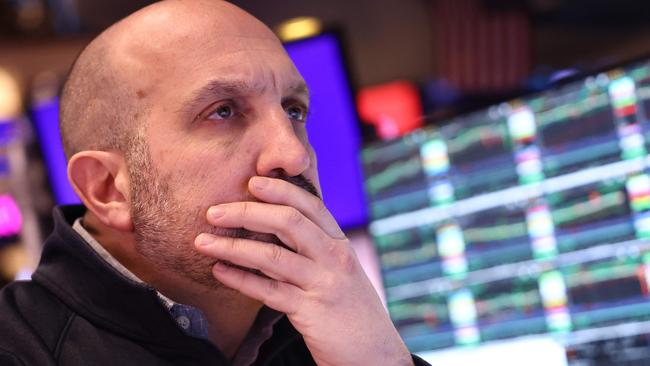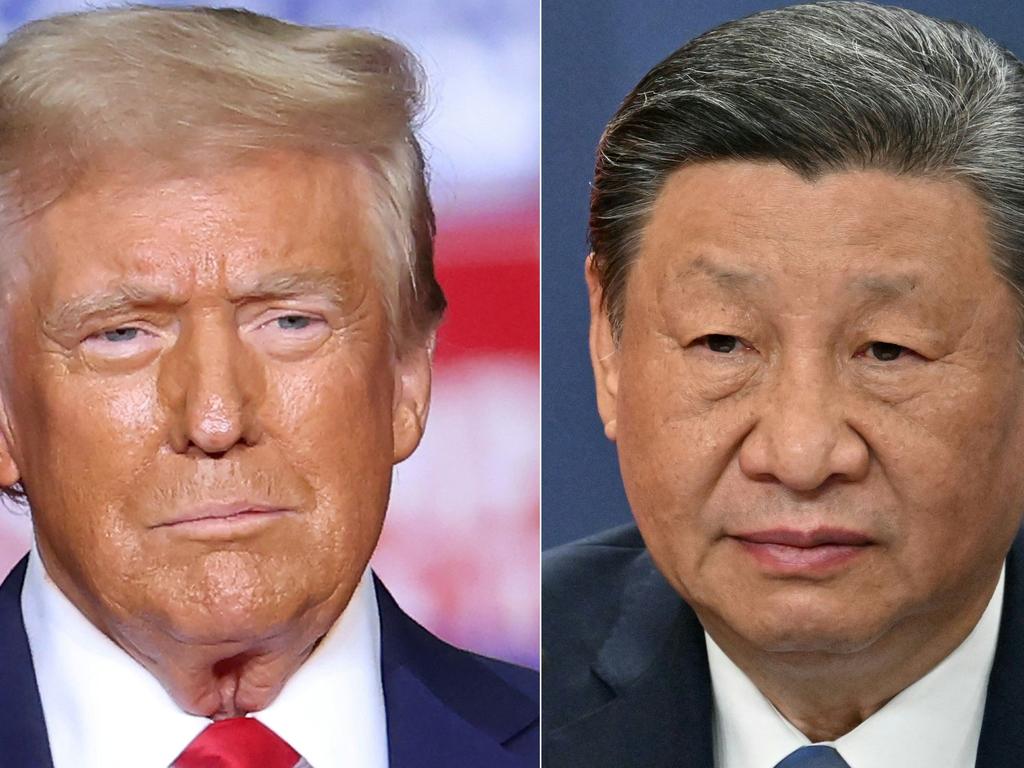DeepSeek chief Liang Wenfeng’s journey from math geek to global disrupter
Some call him China’s Sam Altman. Others compare him to Jim Simons, the pioneer of quantitative investing. Liang Wenfeng’s impact might end up being as great as that of both innovators.

Some call him China’s Sam Altman.
Others compare him to Jim Simons, the pioneer of quantitative investing. Liang Wenfeng shares a lot with both innovators, and his impact might end up being as great.
Artificial-intelligence models from China’s DeepSeek, the company led by Liang, have taken the world by surprise, racing to the global top 10 in both performance and popularity. The company has done it with less-advanced chips than those available in the US, jolting technology executives in Silicon Valley, politicians in Washington and investors around the globe.
Like Simons, Liang is a math geek who caught the investing bug. He realised that computerised analysis of reams of market data could detect hidden patterns – and open the path to profit. His hedge fund, called High-Flyer, manages some $8 billion, making it one of China’s largest quantitative funds.
Colleagues say Liang isn’t one for the trappings of wealth or fame – but he did once say he wanted the respect of the US-led technology world.
It is safe to say he has it now.
Born in 1985, Liang grew up in Zhanjiang, one of the port cities on the southern Chinese coast that have traded with the world for centuries. He was a straight-A student in school and began studying calculus on his own in junior high school before going on to China’s prestigious Zhejiang University.
As a student, Liang started writing AI algorithms to pick stocks. In 2013, a few years after graduation, he started Jacobi, an investment firm named after German mathematician Carl Jacobi. In 2015, he founded High-Flyer with two college friends.
It was a pioneer in China in applying newer AI techniques so computers could absorb many types of data – not just market prices – and tease out significant patterns.
Unlike high-frequency traders, who try to get a jump of a few milliseconds on others, Liang and his colleagues have focused on medium-frequency trading where positions can be held longer.

Liang drew inspiration from Simons, a mathematician and pioneer in quantitative finance who founded the Long Island hedge fund Renaissance Technologies and was using machine-learning techniques in the 1980s.
Liang wrote the introduction to the Chinese version of “The Man Who Solved the Market,” a book about Simons and his team. “Whenever I encounter difficulties at work, I recall Simons’s words: ‘There must be a way to model prices,’ ” Liang wrote.
Over the past five years, at least five funds High-Flyer managed produced average excess returns of more than 20 per cent compared with market benchmarks, according to financial data provider Simu Paipaiwang.
There have been bumpy patches too. In 2021, High-Flyer apologised to its investors for poor performance, saying it misread which sectors of the market would perform well. Another rough spot occurred last year when China’s financial regulator clamped down on quants, accusing them of herd behaviour that exacerbated volatility.
Richard Dewey, a technology executive and former hedge-fund manager, said DeepSeek’s AI development strategy of doing more with less – a smaller team, less money and fewer chips – reminded him of quant traders.
“They seem to have focused on wringing a lot of signal out of a relatively small amount of data, which is similar in spirit to what’s required in quantitative trading,” Dewey said.
Like some other quants, Liang prefers to be thought of as an engineer rather than a trader, according to people close to him. DeepSeek didn’t respond to requests for comment.
People familiar with High-Flyer describe Liang as a hands-on leader who refined algorithms to make them smarter in picking stocks and hedging risks, sometimes sleeping in the office with colleagues as they rushed to get projects done. He has described the move into AI models as a natural development for engineers curious to test the limits of computer learning.

In 2019, Liang’s team started building computing systems with Nvidia graphics-processing units. By late 2022 when OpenAI released ChatGPT, only a few Chinese companies had more than 10,000 Nvidia’s high-end chips in hand, and High-Flyer was among them.
“It is like buying a piano,” Liang told Chinese tech publication 36Kr in 2023, talking about the chip purchases. “Firstly, it’s because you can afford it. And secondly, it’s because you have a group of people who are eager to play music on it.” One of Liang’s biggest decisions was to make his code open-source, meaning anyone can access it. He said he wanted DeepSeek to break the monopoly of big tech companies.
“For technologists, having others follow your work gives a great sense of accomplishment,” he said in an interview last year with 36Kr. “Open source is more of a culture rather than a commercial behaviour, and contributing to it earns us respect.” Colleagues said Liang fit the typical profile of a Chinese engineer. He doesn’t put much thought into clothes and hairstyle, makes decisions by applying formulas and calculations, and loves soccer, they said.
Liang has been keeping a low profile and was surprised to see DeepSeek turn into a frenzy overnight, they said.
The sudden surge of people using DeepSeek’s models to pose queries caught Liang and the company off guard, and DeepSeek’s services have repeatedly crashed since Sunday. Liang worked with his team to address the demand before taking a break for the Lunar New Year holiday in China.
He won’t be resting long. Colleagues said that after the holiday, Liang would be back at work developing DeepSeek’s next-generation model.
Dow Jones





